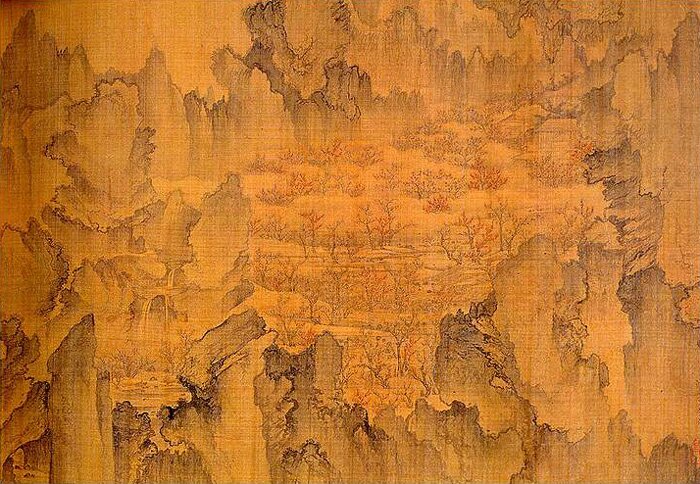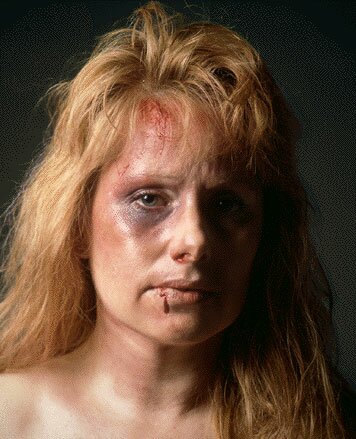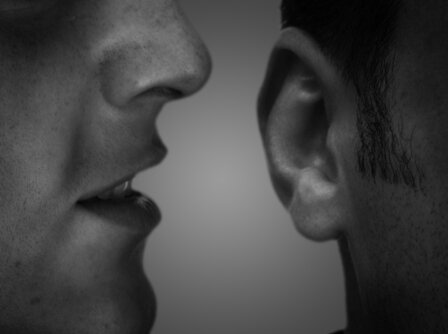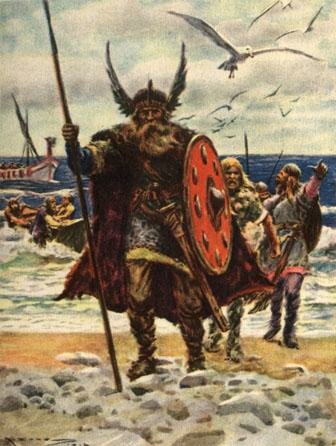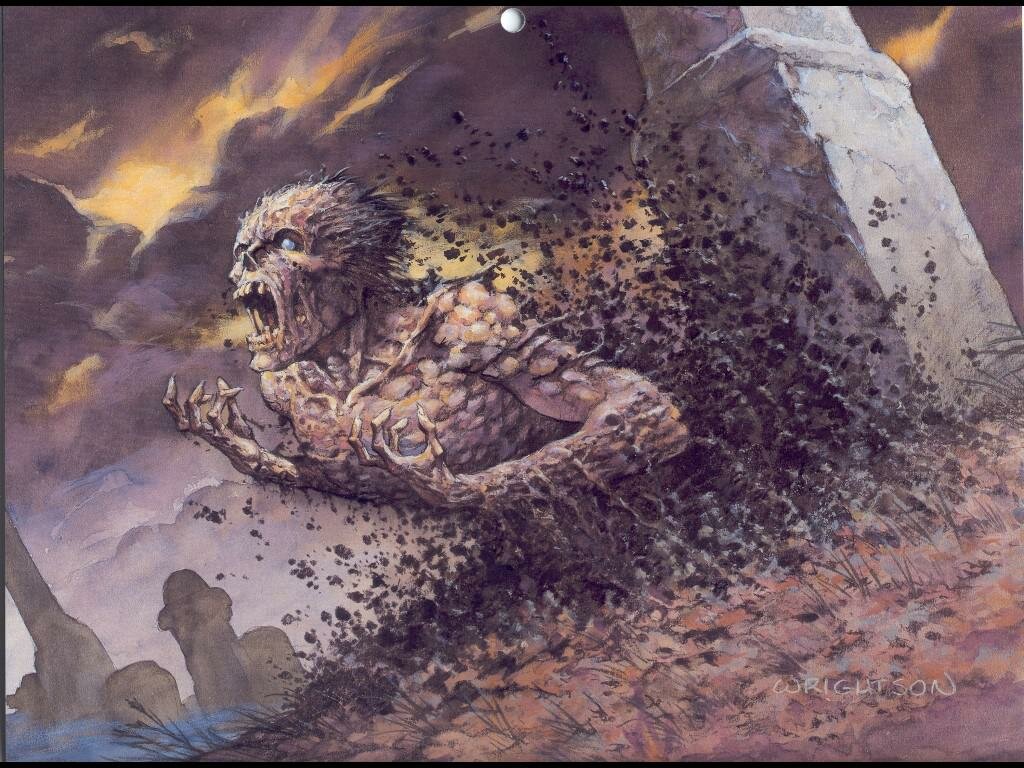Top 10 Famous Korean Paintings
Suggested by SMSArt has been a part of Korean culture for centuries. Definitely influenced by the Chinese, it is ironic that the two countries have never had periods where they were both producing great art work and artists at the same time. Korean artists used the influence of the Chinese to create their own styles. Using this, they were able to then make statements of their own with their works.
Korean art can be traced back to the Lelang area of to 108B.C. Changes in Dynasties and rulers, of course, brought about change in the art. However, Korea has been able to produce great art work from various artists and various genres. These works are well preserved and displayed, so the world can be reminded of the contributions to art that Korea has made.
10. A Cat and a Butterfly (By: Kim Hong-do)

Commonly known as “Danwon”, painter Kim Hong-do (1745-c. 1806) was a prominent artist in the late Joseon Dynasty. He grew up in what is now called Ansan, in South Korea and was an affiliate of the Gimhae Kim clan. He studied calligraphy under one of the most famous teachers of his time, Pyoam Kang Sehwang. He painted a portrait of King Jeongio as a member of the “Dohwaseo”. This was the name of the court of the official royal painters.
“A Cat and A Butterfly” is a late 18th century work of Kim Hong-do. The name that is given to the painting is actually, “Hwangmyonongjeopdo”. Although some may state that there is no true translation, others state that it can be translated in to “A yellow cat teasing a butterfly”. The painting depicts a tabby that appears to be playing with a butterfly, in a field of flowers. The cat appears to be looking at the butterfly with adoring eyes.
9. Avalokiteshvara painting from the Korean Goryeo Dynasty

The “Avalokiteshvara” is a work that was painted using ink and colors on a silk, hanging scroll. Created in 1310, during the Goryeo Dynasty, the painting stands more than 16 ft. tall and 9 ft. wide. The creator of this work is still unknown. It is stored in the Kagami Jinjya Temple in Japan.
This picture is a representation of the Buddha of Compassion, who possesses infinite wisdom. In the particular painting he is shown as the Water-Moon Avalokiteshvara. He is perched atop some rocks, as the water swirls around his feet. It is believed to represent his island home of Nakan. This deity has many forms and is the subject of many paintings completed during the Goryeo Dynasty.
8. A Dream of Amusement in the Garden of Peach Blossoms (By: Ahn Gyeon )
Another painter of the Joseon period, Ahn Gyeon was also a member of the Dohwaseo. As an official painter of the Joseon court, he was charged with painting a portrait of Mongyu dowondo for Prince Anpyeong. The painting, which was completed in 1447, is housed at Tenri University.
Prince Anpyeong is also the inspiration behind the painting, “A Dream of Amusement in the Garden of Peach Blossoms”. After hearing the recitation of a poem by a Chinese poet, it became popular belief that peach blossoms represented a peaceful existence. After having a dream about walking in a field of the fragrant blossoms, the Prince hired Ahn Gyeon to create this work.
7. Two Men Wrestle (By: Kim Hong-do)

Kim Hong-do was also very prominent during the Choson Dynasty. This late 18th century work of his depicts villagers gathering to watch a wrestling match between two men. The proper name for the painting is “Ssirum”, which translates to the word “wrestling”.
This is one of Hong-do’s most praised works. The fact that he painting depicts what commoner’s ok part in during their daily lives has always been a topic. As well, his use simple strokes and background was a change from his usual style of painting. There has often been reference to his use of numbers to create balance in the painting.
6. Joseon Dynasty (By: Owon)

Known by his pen name, Owon, Jan Seung-ep (1843-1897) painted Korea during the late Joseon Dynasty. His painting skills were honed during his young years, as an orphan. He began to perfect his skills when he resided with a Korean aristocrat by the name of Yi Ung-heon, during his 20’s. Extremely gifted in his craft, he was capable of producing works of all genres. He was one of the “3 Wons” of the Joseon period, along with Hyewon and Danwon.
The proper name of the painting is listed as “Sansu inmuldo”. When the title is translated, it means “the picture of the man in the landscape”. The paintings title is literal since it is of a man standing in the middle of a landscape.
5. Gyeondo (By: Byeon Sang- Byeok)

Byeon Sang-Byeok was a painter during the later years of the Joseon Dynasty. His ability to capture the details of the subjects of his drawings is what made him one of the most celebrated artists of his time. Working under the pen name, Hwajae, the painter’s dates of birth and death are unknown. However, it is known that he was a member of the Dohwaseo.
“Gyeondo: translates to “painting of a dog”. It is believed to have been painted in 1730. In this painting the artist captures every detail of the animal’s furry coat and makes it seem as though the dog is having a happy memory by painting it with what appears to be a smile. The detailed brush strokes give the painting such realness, it isn’t uncommon for one to have to fight the urge to stroke the animal to see if it feels as soft as it looks.
4. A View of Geumgang (By: Jeong Seon)

Also known by his pen name Gyeomjae, Jeon Seon (1676-1759) was a landscape painter from Korea. His pen name translates to “humble study”. A famous painter during the Joseon era, he was one of the artist that took the chance to separate himself from traditional Chinese styles of painting. Recommended by an aristocratic neighbor for court, he was given an official position.
The painting, “Geumgang jeondo”, is a work that depicts a landscape of North Korea. Done in ink and watercolor, the painting was created in 1734. The picture is of the Diamond Mountains. It is housed in the Ho-Am art Museum;
3. Mother Dog (By: Yi Ahm)

Yi Ahm (1507-1566) was a Korean painter during the Joseon Dynasty. This painting, “Mother Dog and Puppies”, was created in the first half of the 16th century. A mother dog is depicted in the painting, looking on lovingly as her pups rest. This painting is housed in the National Museum of Korea.
2. A Boat Ride (By: Shin Yun-bok)

Shin Yun-bok was also known by his pen name Hyewons. One of the members of the Dohwaseo for a period of time, he was an artist during the Joseon Dynasty. “A Boat Ride” was painted in 1805. The painting has also been referred to as the “Boating Party. It depicts high class men “making time” with female entertainers of lower social standing. The painting itself was intended to be satiric.
1. Portrait of a Beauty (By: Hyewon)

Hyewon’s proper name is Shin Yun-bok. Born in Korea in 1758, he was a painter during the Joseon Dynasty and one of the “3 Wons”. Hyewon’s father and grandfather were both painters and he inherited their gifts and trade. However, the erotic nature of his works caused him to be expelled from the Dohwaseo.
“Portrait of a Beauty” was painted on silk. It depicts what was the ideal standard of beauty during that era. The most noticeable feature of the painting is the realistic detail of the hanbok that the beauty is wearing. The concept of making a woman the focus of a painting at the time was considered to be revolutionary. The work has since been the inspiration of both literary work and film.
As you can see, art in Korea spans multiple genres. Where some artists specialized in landscapes, others were genius at capturing the human form. There were some who were experts at painting animals, while others used spirituality to create masterpieces. Some may find it ironic that many of the most celebrated pieces of art in Korean history are all from around the same dynasty. Not to mention that many of them were produced by artists who were good enough to work in the royal court.
It is safe to say, that the art from Korea’s past, still influences the art that is being produced by the nation today. A land of culture, many of the paintings were a source of passing along the lands history to ensure that it made it into the future. There is no surprise in seeing the same styles being used; the mix of calligraphy, inks, canvases…it’s all visible in present day artwork from Korea. And just s Korean art left its mark back then so that it would be remembered now; today’s Korean artists will do the same and be remembered in the future.
